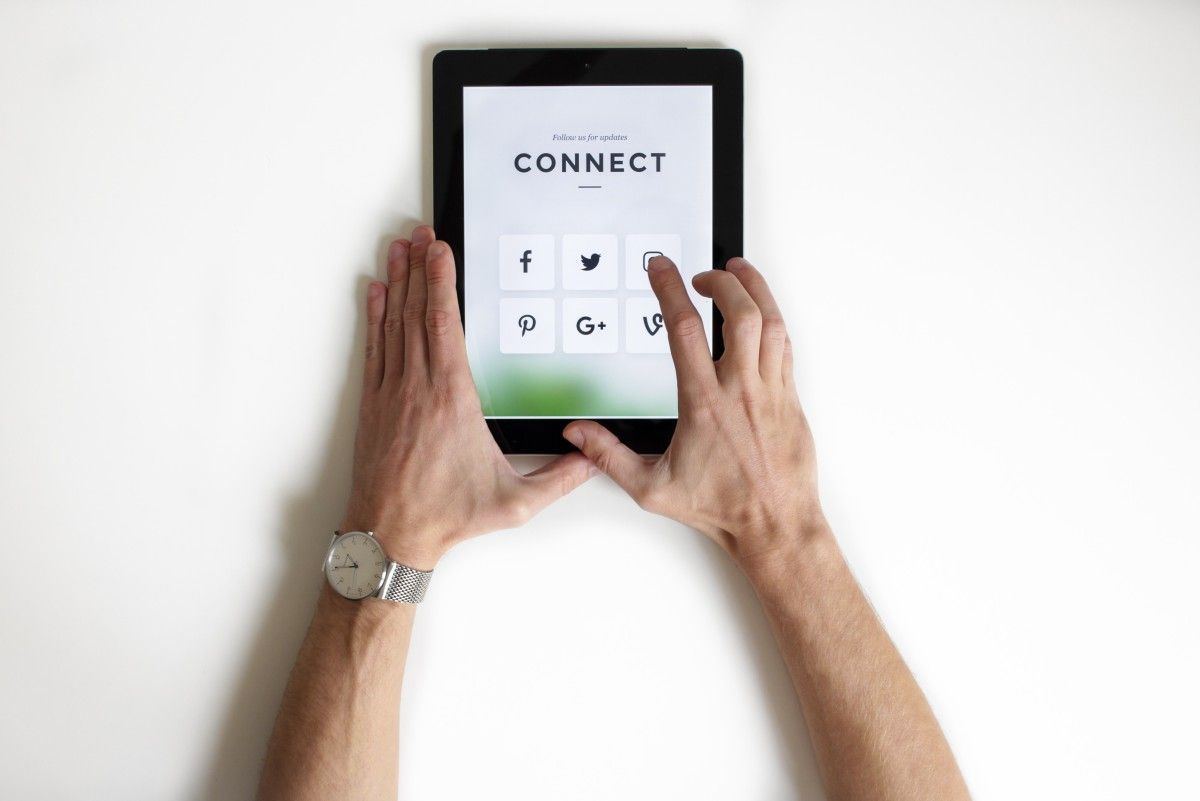Huawei Phones: Thriving Without Google Services

Huawei’s Journey Beyond Google Mobile Services
In the ever-evolving landscape of technology, Huawei has been navigating a unique path, particularly concerning its mobile devices. While many smartphone manufacturers rely heavily on Google Mobile Services (GMS), Huawei has been forging ahead, adapting, and innovating in its own way. This exploration delves into Huawei’s strategy, its challenges, and its vision for the future.
Understanding the Context: The Shift in Mobile Ecosystems
The reliance on Google’s Android operating system and its suite of GMS apps has been a standard for many years. However, geopolitical factors and strategic decisions have led Huawei to develop its alternative. This move reflects a broader trend of tech companies seeking more control over their ecosystems and reducing dependence on single providers.
Huawei’s Response: HarmonyOS and HMS
Huawei’s primary response to the GMS restrictions has been the development of HarmonyOS and Huawei Mobile Services (HMS). HarmonyOS is designed as a versatile operating system capable of running on various devices, from smartphones to IoT devices. HMS, on the other hand, is a suite of apps and services intended to replace GMS.
Key Components of HMS
- Huawei AppGallery: The alternative to the Google Play Store, offering a range of apps for Huawei devices.
- Huawei ID: A unified account system for accessing Huawei’s services.
- Huawei Mobile Cloud: Provides cloud storage and synchronization services.
- Huawei Assistant: A smart assistant for managing tasks and providing information.
Challenges and Opportunities
While Huawei has made significant strides in developing its ecosystem, it faces challenges in attracting developers and users to its platform. Convincing developers to port their apps to HMS and encouraging users to switch from the familiar GMS environment requires a compelling value proposition.
Addressing the Challenges
- Developer Incentives: Huawei offers various incentives to attract developers, including funding, technical support, and marketing assistance.
- User Experience: Continuously improving the user experience of HarmonyOS and HMS is crucial for retaining users.
- Partnerships: Collaborating with other companies and organizations can expand the reach and functionality of Huawei’s ecosystem.
Best Chromebook: Google Pixelbook Go
The Google Pixelbook Go is a sleek and efficient Chromebook known for its portability and user-friendly design. It’s an excellent choice for students, professionals, and anyone seeking a reliable and affordable laptop for everyday tasks.
| Feature | Specification |
|---|---|
| Display | 13.3-inch LCD touchscreen |
| Processor | Intel Core i5-1135G7 |
| Storage | 256 GB SSD |
| RAM | 8GB DD4 |
| Battery Life | 12.5 hours |
| Weight | 3.1 Pounds |
Who it’s for: Students, people who need only basic features, and anyone who wants a cheap laptop to use as a second PC.
Why we liked the Google Pixelbook Go!
The Google Pixelbook Go is a beautiful package, from the gorgeous 13.3 inch touchscreen display and accurate keyboard to the 12-hour battery. It costs a few hundred dollars less than our top ultrabook pick and has nearly identical specs.
And unlike most cheap ultrabooks, the notebook is sturdy, has a fingerprint reader, and comes with a convenient and easily replaceable USB-C charger.
Best MacBook: Apple rMBP 16-inch
The 16-inch MacBook Pro remains a top choice for creative professionals and power users. Its powerful performance, stunning display, and macOS ecosystem make it a compelling option for those who need a reliable and high-performing laptop.
| Feature | Specification |
|---|---|
| Display | 16-inch LCD |
| Processor | Intel Core i5-1135G7 |
| Storage | 512GB SSD |
| RAM | 16GB DD4 |
| Battery Life | 10.5 battery hours |
| Weight | 2 Pounds |
Who these are for: If you prefer macOS or need limited tech support, a MacBook is a safe bet. The 16-inch models usually offer the best performance of size, weight, and speed. They’re great for writers, office workers, commuters, and college students.
Why we liked the 16-inch Model:
The 2021 MacBook Air uses an Apple M1 chip that delivers great performance and fantastic battery life. And the keyboard is finally improved with the new switches. But the Air’s light weight, solid construction, and industry-trailing support make it a decent laptop, especially if you also own an iPhone or other Apple devices.
Conclusion: A New Chapter for Huawei
Huawei’s journey without GMS is a testament to its resilience and determination. While challenges remain, the company’s commitment to innovation and ecosystem development positions it as a significant player in the future of mobile technology. As HarmonyOS and HMS continue to evolve, Huawei is poised to offer a compelling alternative to the established mobile ecosystems.




